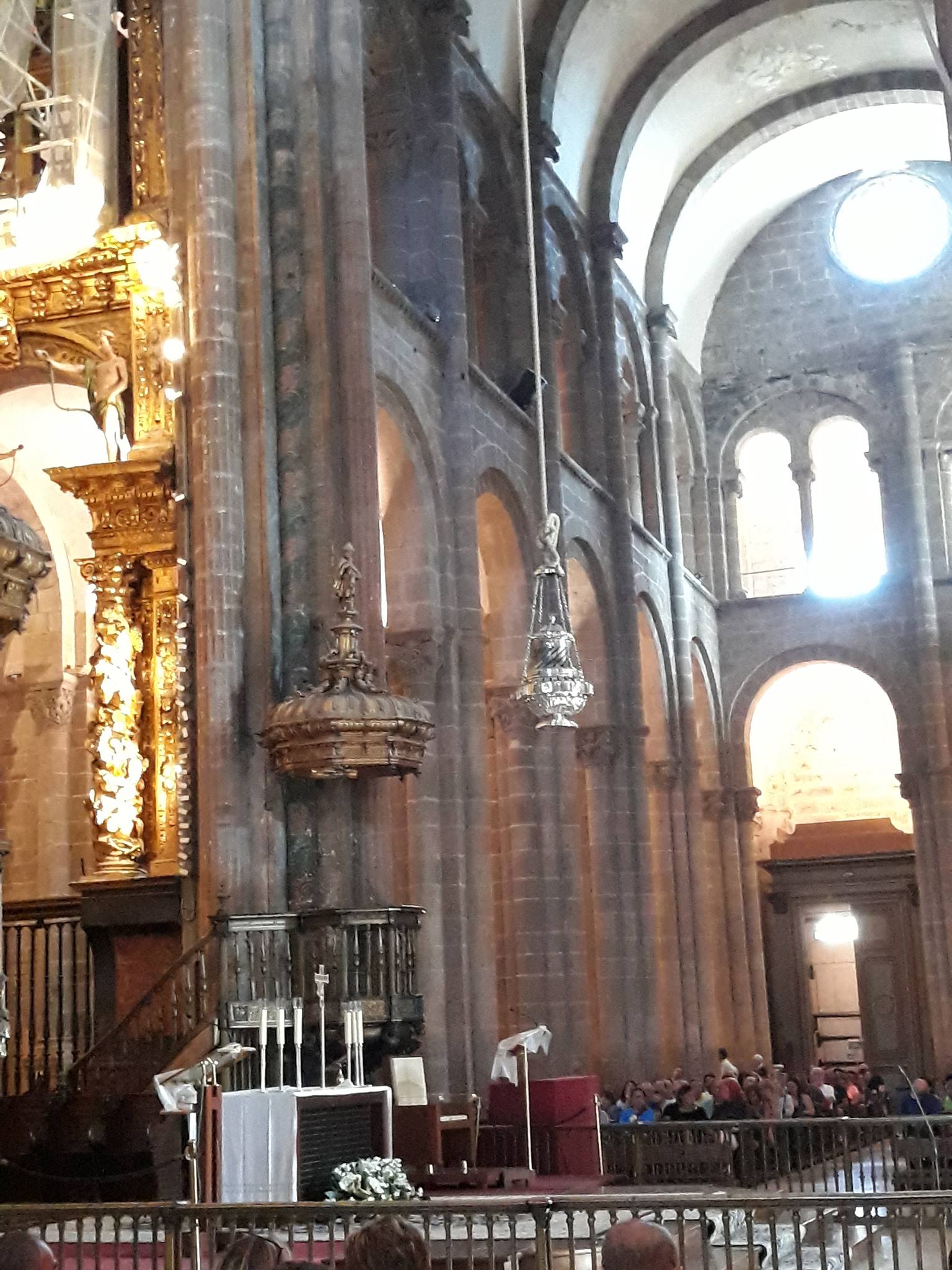Wandering with God – An Introduction
April 5, 2024
—
I have walked the Camino de Santiago twice. The first time, I walked the Camino Francés from Astorga to Santiago de Compostela. I was not intending to go on pilgrimage. I was only walking because a friend did not want to walk alone. In observing the other walkers of our group, it seemed to me that they were practicing a very specific form of pilgrimage. Every day when they began their walk, they chose a prayer intention – something they were asking God for. It could be on behalf of a friend or family member. It could be a self-improvement goal. It was something that provided them with a focus for the day’s walk. They offered up the events of the day, along with all of the blisters, sore knees, and exhaustion they suffered during the walk.
In contrast, I was not intending to walk as a pilgrim. For that reason, I did not walk the Camino with a destination in mind. Instead, I focused on being outside and the connection I had with the other walkers.
What I found interesting about my experience on the Camino is that, although I did not intend to walk as a pilgrim, I still felt that I had encountered God. Specifically, I experienced God through the act of wandering, and through my interactions with the other walkers (i.e., the Community of the Camino). I left Santiago wondering if there were different ways to experience pilgrimage, and if I could bring that experience home with me after my time on the Camino was done.
Wandering is the ancient way to be with God. When God promised Abraham that He would make Abraham a great nation, God instructed Abraham to wander.
“Go from your country and your kindred and your father’s house to the land that I will show you. I will make of you a great nation, and I will bless you, and make your name great, so that you will be a blessing.” (Gen. 12:1-3 NRSV).
In his book the Sacred Journey, Charles Foster explains that the importance of this passage is showing God’s desire that Abraham completely commit to God. God did not say: “Go to Canaan.” God said: “Go where I ask you to go.”[1] It was wandering that made Abraham the Father of Faith. Foster writes that Abraham had roots as long as he wandered.[2] I think the reason is that if we are committed to wandering, the center of our lives must be rooted with God. If the focus of our lives is the place where we feel rooted, the focus of our lives is on us – what we create. In contrast, the focus of our lives should be what God creates. We are open to that creation if we are open to wandering. Foster writes that God is a wild God – more at home in a tent than in a home.[3] This idea that God is a “wild God” appears frequently. As we move through our pilgrimage, we will contemplate what it means to believe in a God that we cannot control.[4]
Jesus was also a wanderer. When he called his disciples, he called them to take a walk. “As he walked by the Sea of Galilee, he saw two brothers, Simon, who is called Peter, and Andrew his bother . . . . ‘Follow me, and I will make you fish for people.’ Immediately they left their nets and followed him” (Matt 4:18-22 NRSV).[5] Jesus called his disciples to pilgrimage, and through their wanderings, Jesus made manifest the Kingdom of God. “Jesus went throughout Galilee, teaching in their synagogues and proclaiming the good news of the kingdom and curing every disease and every sickness among the people” (Matt. 4:23-25 NRSV).
In looking at the theology of pilgrimage, we can see that God is present in the journey – not only the destination. Faith is a walk with God. Through the practice of pilgrimage, we can say “yes” to God and through that “yes” learn to center our lives on God. At least that is my hope for the pilgrimage we are beginning today.
[1] Charles Foster, The Sacred Walk (Nashville, Tennessee: Thomas Nelson, 2010), 47-48.
[2] Foster, The Sacred Walk, 48.
[3] Foster, The Sacred Walk, 49, see Exod. 40:16-34.
[4] See C.S. Lewis, The Lion, the Witch and the Wardrobe (“Aslan is not a tame lion”).
[5] Foster, The Sacred Walk,67.

